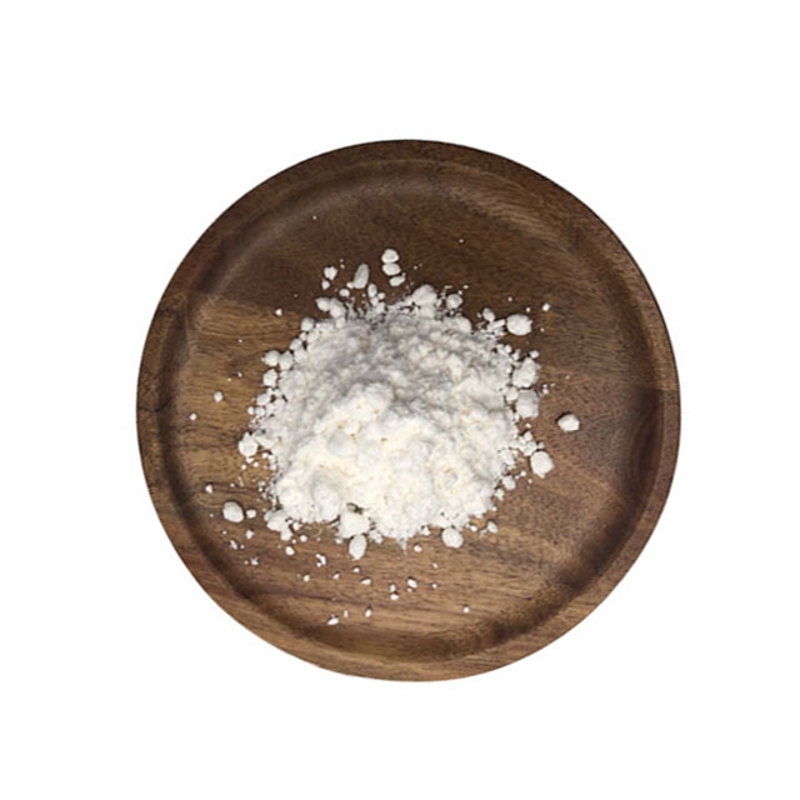-
Categories
-
Pharmaceutical Intermediates
-
Active Pharmaceutical Ingredients
-
Food Additives
- Industrial Coatings
- Agrochemicals
- Dyes and Pigments
- Surfactant
- Flavors and Fragrances
- Chemical Reagents
- Catalyst and Auxiliary
- Natural Products
- Inorganic Chemistry
-
Organic Chemistry
-
Biochemical Engineering
- Analytical Chemistry
- Cosmetic Ingredient
-
Pharmaceutical Intermediates
Promotion
ECHEMI Mall
Wholesale
Weekly Price
Exhibition
News
-
Trade Service
Cervical cancer is still the most common gynecological malignant tumor worldwide and the fourth leading cause of cancer deaths in women
.
The prognosis of recurrent and/or metastatic cervical cancer is poor, and there is still a need to find more effective treatment options, especially for patients who have progressed after first-line chemotherapy + bevacizumab treatment
Cervical cancer is still the most common gynecological malignant tumor worldwide and the fourth leading cause of cancer deaths in women
The study is an open-label phase II clinical study (NCT03495882).
The included patients were given balstilimab 3mg/kg intravenously every 2 weeks + zalifrelimab 1mg/kgonce every 6 weeks for a total of 24 months of treatment
.
The primary endpoint is the objective response rate (ORR, reviewed and assessed by an independent center)
The study is an open-label phase II clinical study (NCT03495882).
From August 27, 2018 to May 7, 2020, 155 patients were included in the study
The median follow-up time was 21.
Efficacy evaluation
Efficacy assessment Efficacy assessmentORR subgroup analysis found that the ORR of PD-L1 positive patients (n=67) was 32.
8%, the ORR of PD-L1 negative patients (n=33) was 9.
1%, and the PD-L1 patients with unknown status (n=25) ORR is 28%
.
Patients with squamous cell carcinoma (n=89) had an ORR of 32.
ORR subgroup analysis found that the ORR of PD-L1 positive patients (n=67) was 32.
At the time of the data cutoff, the median progression-free survival (PFS) was 2.
PFS and OS
PFS and OS PFS and OSThe most common treatment-related adverse events (TRAE) of all grades were hypothyroidism (16.
8%), diarrhea (14.
2%), fatigue (11.
6%) and nausea (9.
0%).
Most events were grade 1 or Level 2
.
The overall incidence of grade 3 TRAE was 20.
The most common treatment-related adverse events (TRAE) of all grades were hypothyroidism (16.
Adverse reactions
Adverse reactions adverse reactions
69 patients (44.
5%) had imAEs, the most common ones were hypothyroidism (22 cases, 14.
2%), hyperthyroidism and diarrhea (11 cases, 7.
1%)
.
5%) had imAEs, the most common ones were hypothyroidism (22 cases, 14.
2%), hyperthyroidism and diarrhea (11 cases, 7.
1%)
.
In summary, this largest clinical trial to date has evaluated the application of PD-1 and CTLA-4 dual blockade in patients with relapsed and/or metastatic cervical cancer, and found promising and long-lasting clinical activity with good Tolerance
.
.
This largest clinical trial to date evaluated the application of PD-1 and CTLA-4 dual blockade in patients with relapsed and/or metastatic cervical cancer, and found promising and long-lasting clinical activity, with good tolerance Sex
.
This largest clinical trial to date evaluated the application of PD-1 and CTLA-4 dual blockade in patients with relapsed and/or metastatic cervical cancer, and found promising and long-lasting clinical activity, with good tolerance Sex
.
Original source:
Original source:O'Malley DM, Neffa M, Monk BJ, Melkadze T, Huang M, Kryzhanivska A, Bulat I, Meniawy TM, Bagameri A, Wang EW, Doger de Speville Uribe B, Hegg R, Ortuzar Feliu W, Ancukiewicz M, Lugowska I .
Dual PD-1 and CTLA-4 Checkpoint Blockade Using Balstilimab and Zalifrelimab Combination as Second-Line Treatment for Advanced Cervical Cancer: An Open-Label Phase II Study.
J Clin Oncol.
2021 Dec 21:JCO2102067.
doi: 10.
1200/JCO.
21.
02067.
Epub ahead of print.
PMID: 34932394.
Dual PD-1 and CTLA-4 Checkpoint Blockade Using Balstilimab and Zalifrelimab Combination as Second-Line Treatment for Advanced Cervical Cancer: An Open-Label Phase II Study.
J Clin Oncol.
2021 Dec 21:JCO2102067.
doi: 10.
1200/JCO.
21.
02067.
Epub ahead of print.
PMID: 34932394.
Leave a message here







